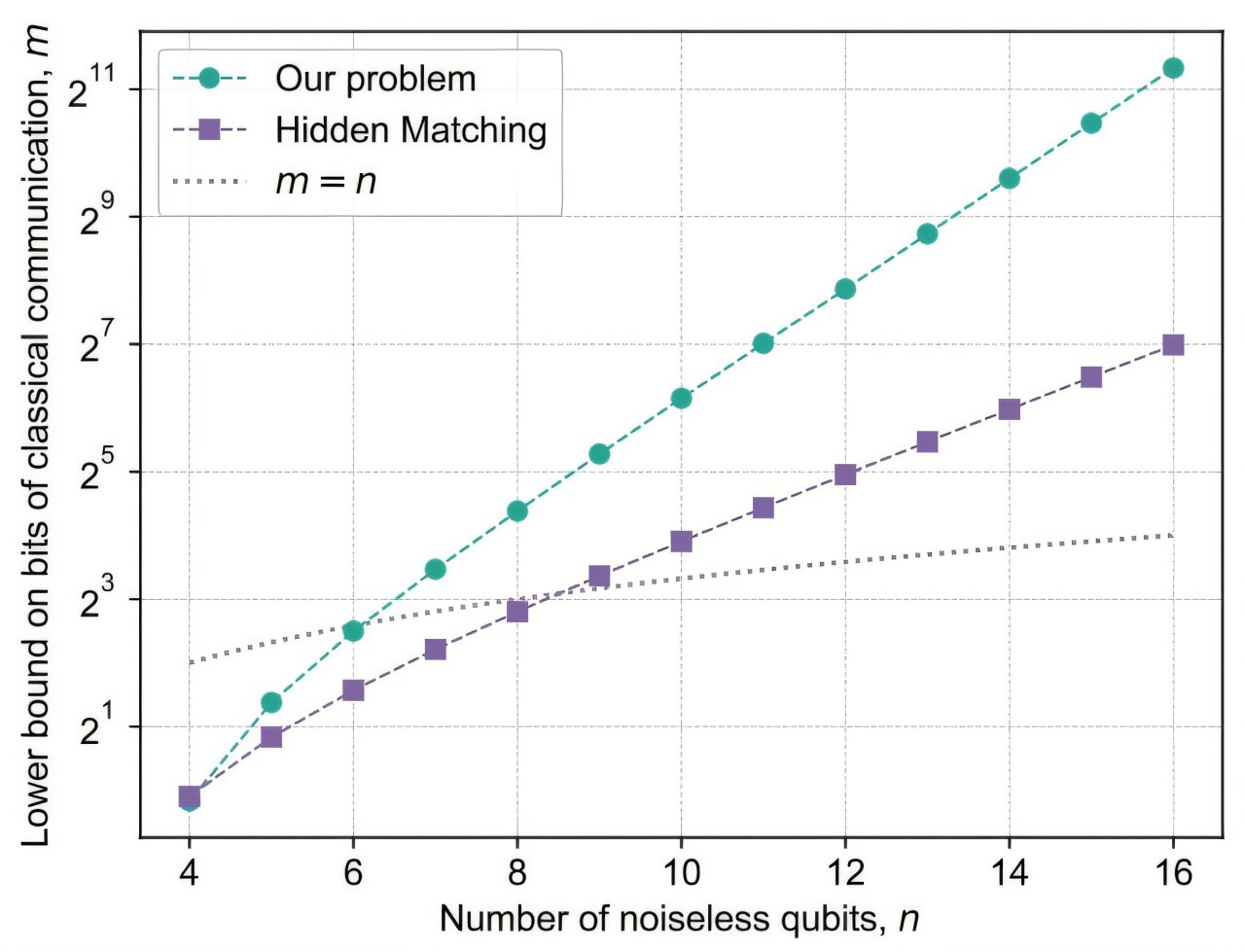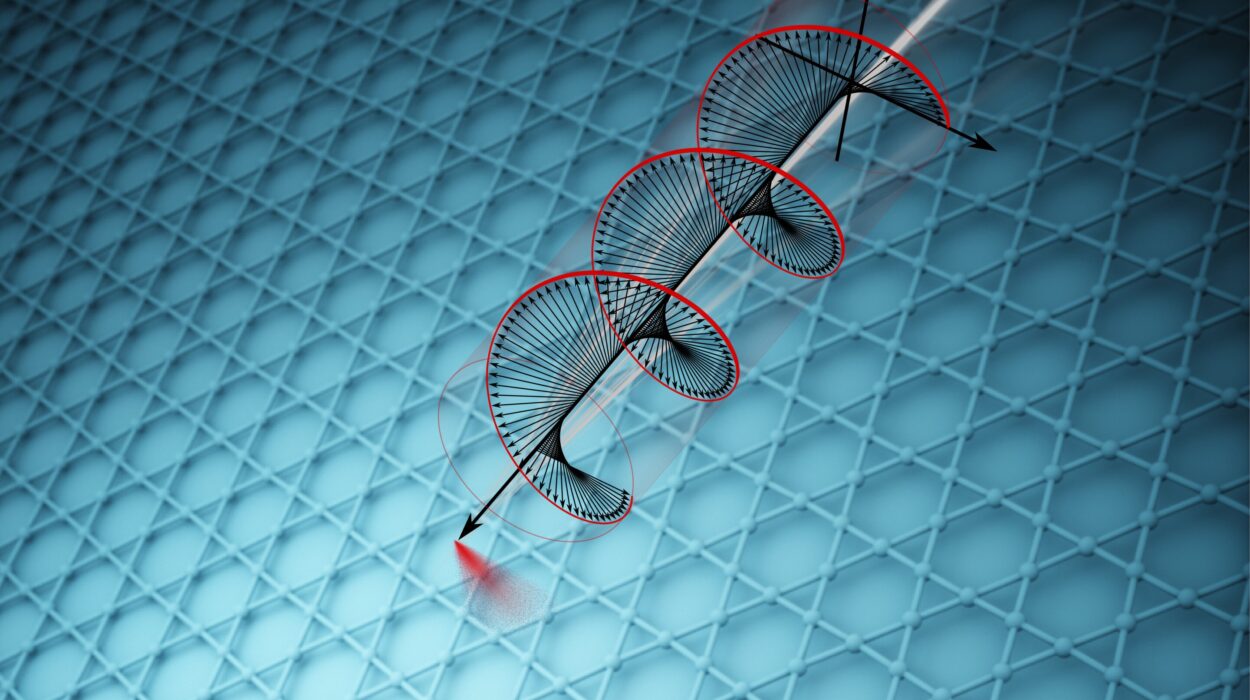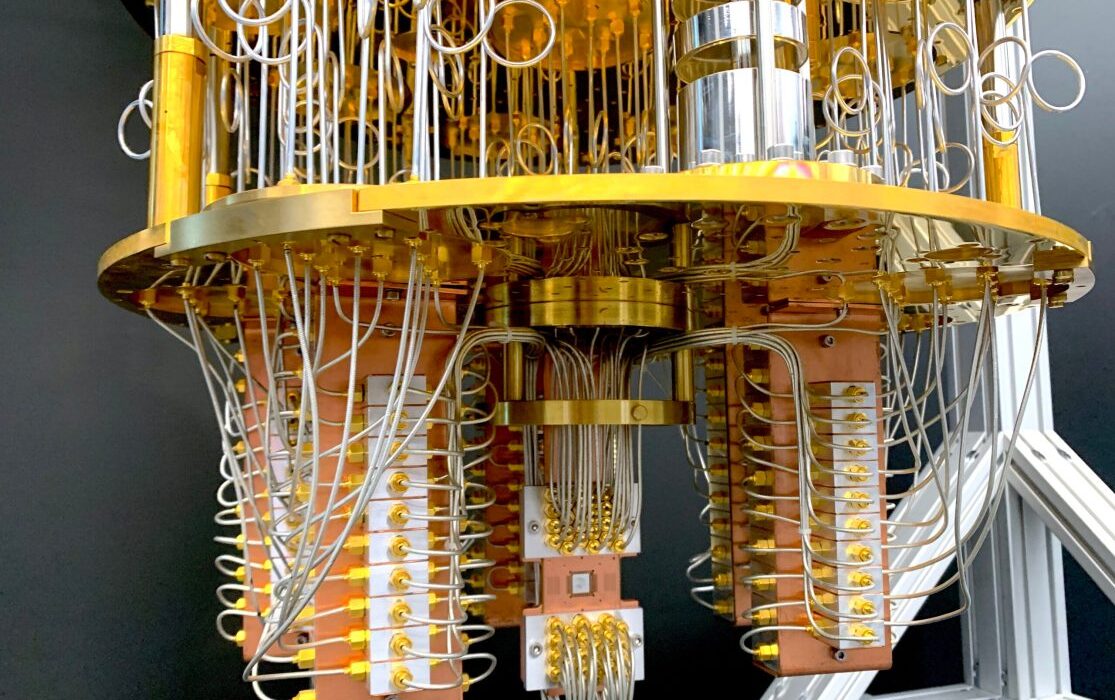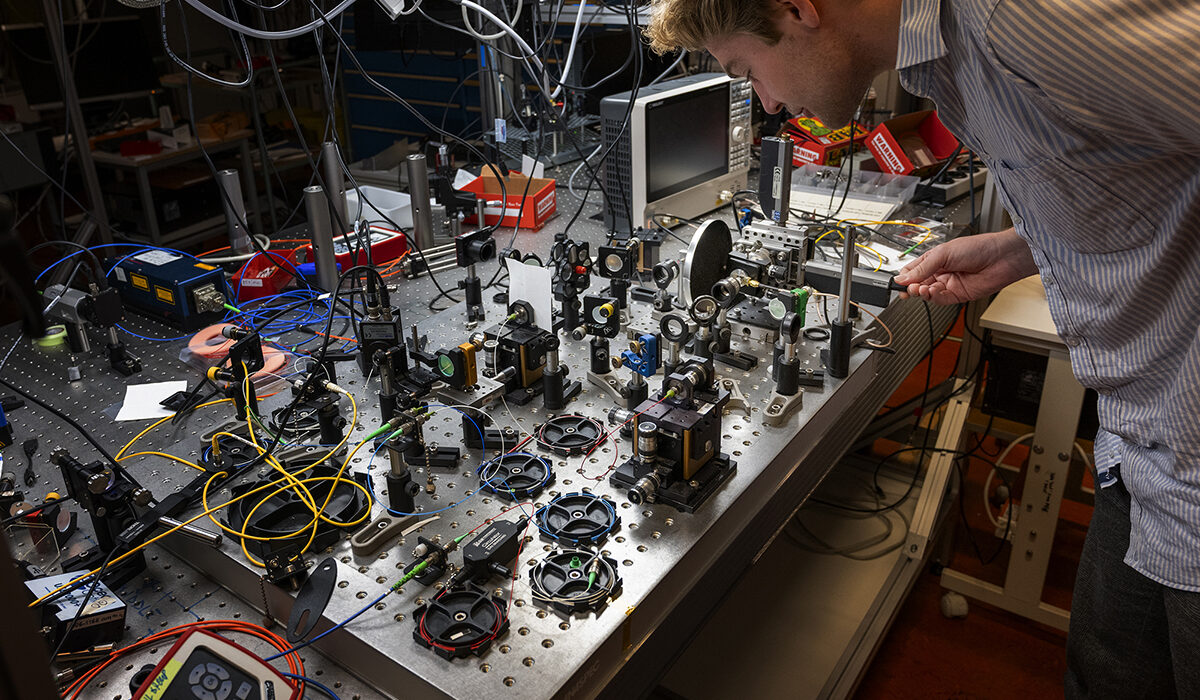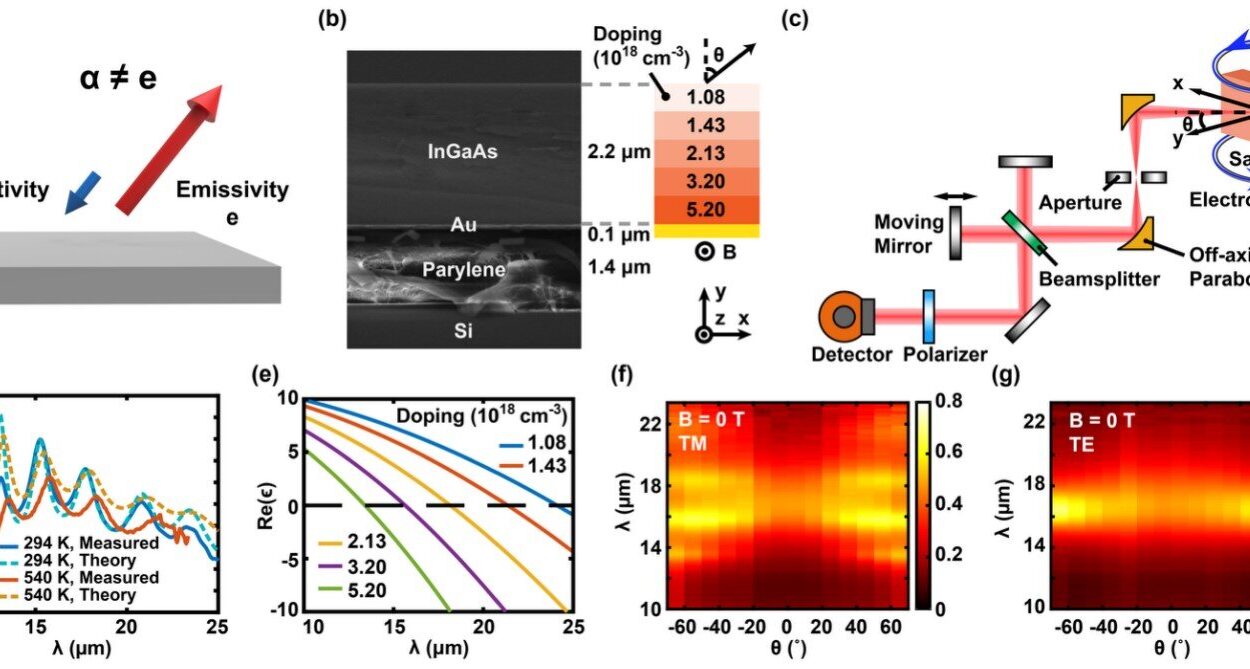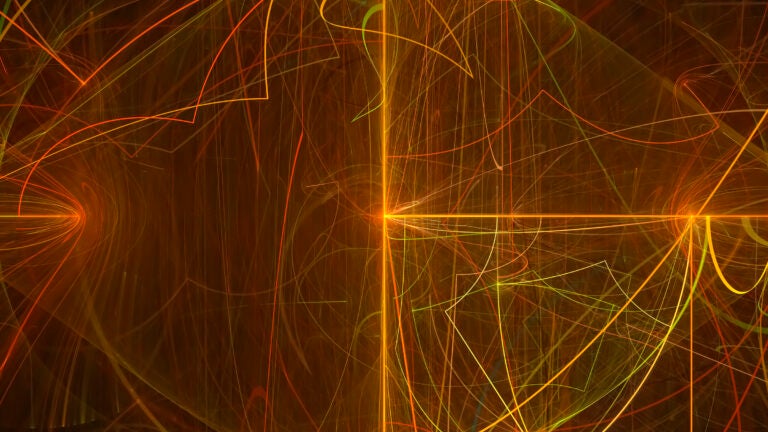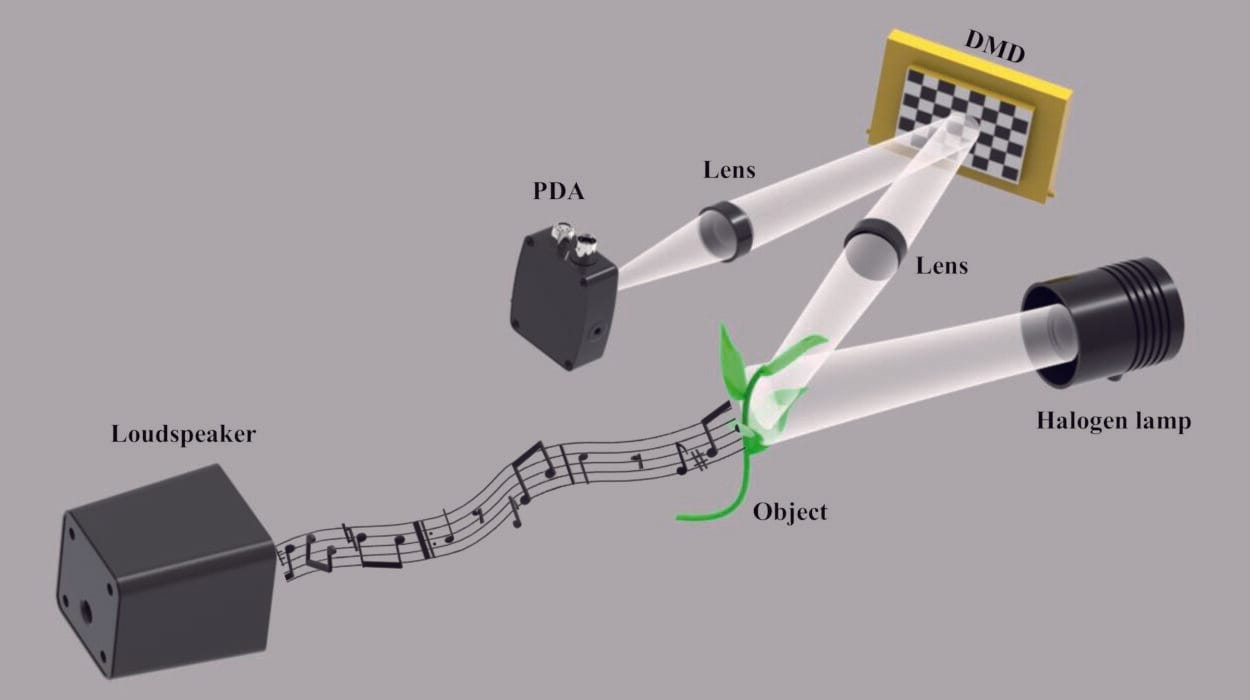For decades, physicists, engineers, and computer scientists have dreamed of a moment when quantum computers would cross a threshold that classical machines could not. This moment is not about faster internet browsing or better spreadsheets—it is about proving that nature itself offers us a kind of memory and computational space that no ordinary silicon chip could ever match. That moment, in a sense, has now arrived.
A research team based in the United States, led by scientists at the University of Texas at Austin, has demonstrated what they call “quantum information supremacy.” Their work shows that a quantum computer can solve a memory challenge in a way that a classical computer cannot hope to replicate, not just today but in principle, no matter how clever future algorithms might become. This is not science fiction. It is an early glimpse of a new kind of intelligence—one that grows not from the binary yes-or-no logic of ones and zeros, but from the deep, shimmering strangeness of quantum mechanics.
The Difference Between Bits and Qubits
To understand the achievement, it helps to revisit the basics. Classical computers store and process information using bits. A bit is a switch, either 0 or 1. Every app you’ve ever used, every video you’ve streamed, every document you’ve saved exists as a sequence of these simple binary choices.
Quantum computers, however, replace bits with qubits. A qubit is not confined to being just 0 or 1. Thanks to the principle of superposition, it can be both at the same time, or anywhere in between, until it is measured. Even more remarkable, qubits can be entangled, meaning their states are linked so that the behavior of one instantly influences the other, no matter how far apart they are.
Together, these properties open a vast memory landscape called Hilbert space. While a classical computer’s memory grows linearly, a quantum computer’s memory grows exponentially with the number of qubits. Ten qubits can hold as much complex information as over a thousand classical bits. With every additional qubit, the potential multiplies. This is the raw power of quantum computing—the ability to store and process unimaginable amounts of information in parallel.
But raw potential is not enough. Scientists have long faced two challenges: showing that a quantum computer could use this memory advantage in real-world conditions, and proving mathematically that no classical computer could catch up with clever algorithms. That is precisely what this new study has achieved.
Alice, Bob, and the Quantum Game
The researchers designed a challenge that tested quantum memory directly. It was set up like a communication game between two fictional characters often used in physics: Alice and Bob.
Alice’s task was to prepare a quantum state—a delicate arrangement of information encoded in qubits—and send it as a kind of message. Bob’s job was to measure that state and guess what Alice had prepared, even before she had fully finished sending it. In essence, Bob had to “predict” the quantum information.
For a classical computer, this game is brutally difficult because storing and reconstructing the full quantum state requires a massive amount of memory. But for a quantum computer, the entangled qubits can carry and process the information naturally, without needing to store every possible configuration.
The UT Austin team ran this experiment over 10,000 trials. Their results were striking. To succeed at the same level as the quantum device, a classical computer would need at least 62 bits of memory. The quantum processor, by contrast, managed it using only 12 qubits. That may sound small, but in the quantum world, this efficiency is staggering. It is not simply faster—it is fundamentally different.
Why This Result Matters
The researchers called their achievement “the most direct evidence yet” that existing quantum processors can create and manipulate entangled states of real complexity, tapping into the exponential resources of Hilbert space. Unlike previous demonstrations of “quantum supremacy” that relied on assumptions about classical limits, this work provides unconditional proof. It shows that no matter what future algorithms someone might design, a conventional computer cannot match the efficiency of this quantum process.
This is more than a technical milestone. It is a shift in perspective. For the first time, we have proof that quantum computers can exploit their greatest theoretical advantage: memory. Not simulated, not imagined, but realized in a physical device.
From Theory to Possibility
What could this mean for the world? Quantum computing has always promised extraordinary applications, but those promises have been grounded in theory rather than demonstration. This new result brings us one step closer to reality.
In cryptography, quantum systems could enable unbreakable codes and ultra-secure messaging. In medicine, they could simulate the behavior of complex proteins and molecules, drastically accelerating drug discovery. In materials science, they could model exotic compounds with precision, opening doors to new technologies from superconductors to advanced batteries. Even climate modeling, one of the most computationally demanding challenges on Earth, could be transformed by the ability to simulate chaotic systems in unprecedented detail.
These are not guarantees, but possibilities—possibilities that grow more tangible with every breakthrough like this one.
The Human Side of a Quantum Leap
It is easy to lose sight of the human story behind such abstract achievements. At its core, this result is about a group of scientists daring to take on one of the hardest challenges in modern science. It is about countless hours of calibration, troubleshooting, failed trials, and quiet persistence. It is about the creativity to transform quantum theory into an experimental game between Alice and Bob.
There is something profoundly moving in the idea that we, creatures of flesh and thought on a small planet orbiting an ordinary star, have learned to bend the deepest rules of reality into tools of our own design. Each qubit that flickers into entanglement is a testament to our curiosity, to our refusal to accept limits.
Looking Ahead
The road ahead for quantum computing is long and uncertain. Scaling qubits, maintaining stability against noise, and building devices that can tackle everyday tasks remain enormous engineering challenges. But with each proof-of-principle experiment, we move from speculation to demonstration.
The UT Austin team has shown that quantum advantage is not just a dream—it is already here in a new form. They have taken us closer to a future where quantum computers will not just be exotic laboratory curiosities but essential engines of discovery and innovation.
The Universe as Memory
Perhaps the most awe-inspiring aspect of this achievement is what it reveals about the universe itself. Hilbert space, the mathematical framework of quantum mechanics, is not a human invention. It is the natural memory of reality, vast and exponential, waiting to be tapped. Quantum computers do not create this resource; they reveal it.
When we speak of qubits unlocking the universe’s hidden memory, we are not indulging in metaphor. We are glimpsing the truth that the fabric of existence is richer than the rigid binaries of classical thought. The fact that we can build machines to harness this richness is both humbling and exhilarating.
Quantum information supremacy is more than a technical benchmark. It is a reminder that the universe still holds mysteries, and that with patience, creativity, and courage, we can bring them into the light.
More information: William Kretschmer et al, Demonstrating an unconditional separation between quantum and classical information resources, arXiv (2025). DOI: 10.48550/arxiv.2509.07255
